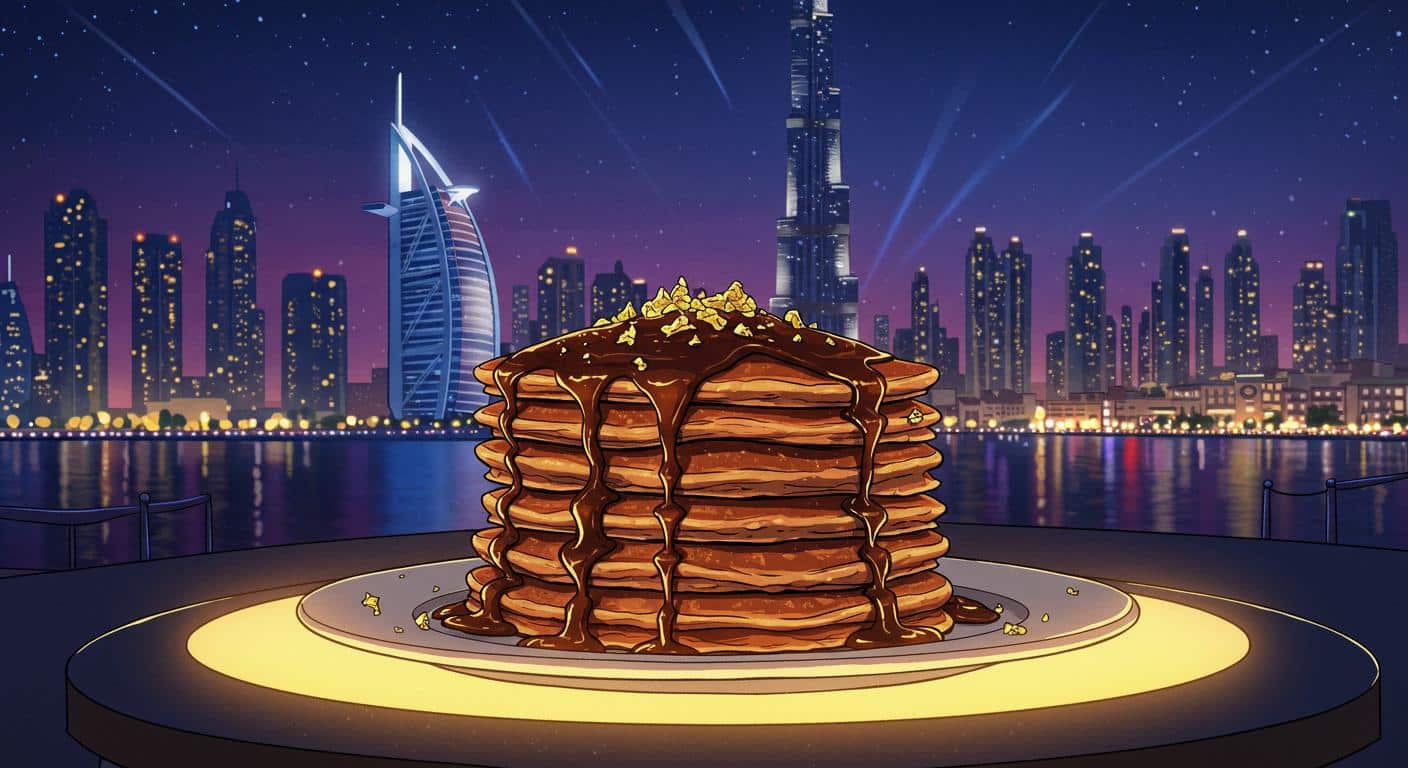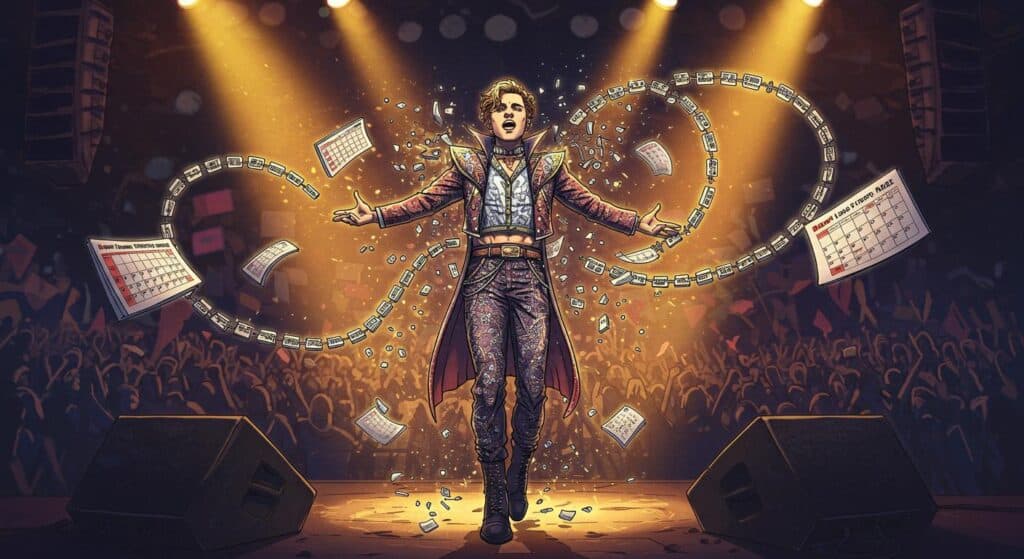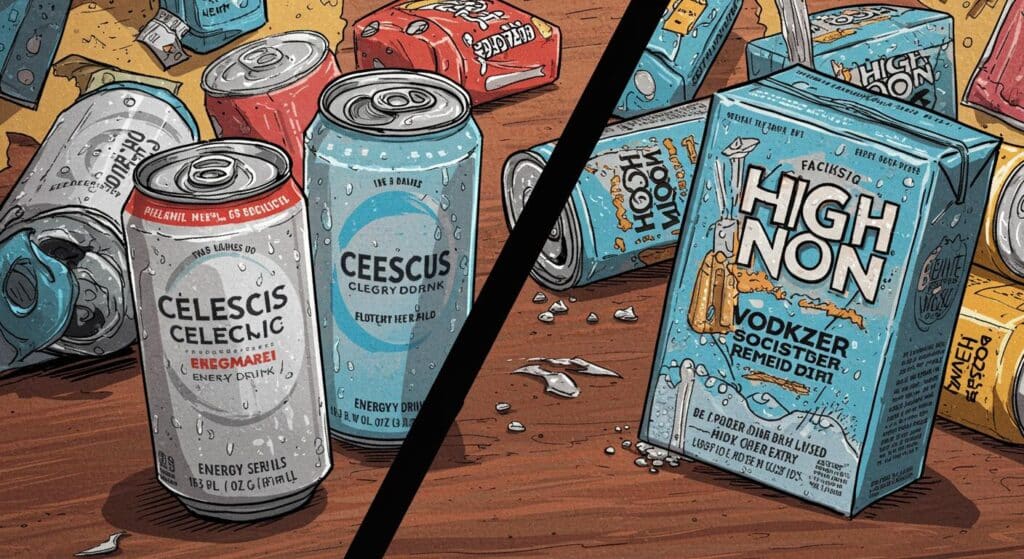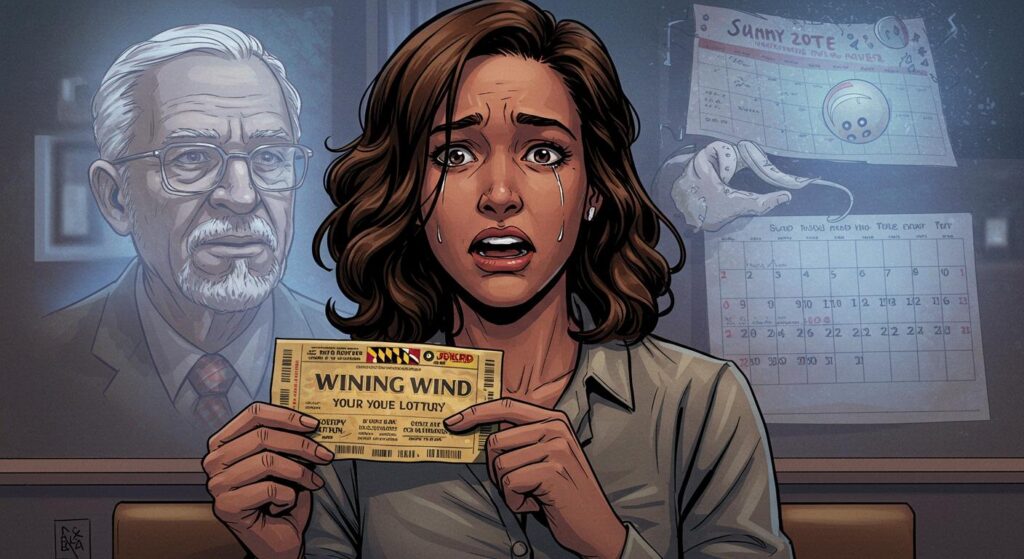If you ever wondered what happens when the internet’s appetite for novelty collides with the world of American breakfast institutions, consider IHOP’s latest experiment: a $100 pancake, engineered almost entirely for TikTok and social media spectacle. As CNN Newssource reports, the chain is unveiling its new “Luxe Dubai Chocolate” pancakes—an offering that takes pancakes well beyond the usual butter-and-syrup routine, into shimmering spectacle complete with edible gold.
Pancake, Meet Prestige: The Short Stack That Outshines Payday
Taking inspiration from the viral Dubai Chocolate trend and aiming for a global palate, IHOP’s newest creation features stacks of buttermilk pancakes infused with layers of pistachio, hazelnut, and kataifi (that’s the shredded phyllo dough prominent in Middle Eastern sweets). Topped with a hefty Dubai Chocolate bar, Madagascar vanilla-infused whipped cream, and shavings of edible 24-karat gold—worth up to $3,000 an ounce—this is the priciest item the chain has ever attempted, according to the chain’s president Lawrence Kim.
The opportunity to sample the full $100 stack will be quite limited. CNN documents that only three cities—New York, Los Angeles, and Austin—will host the short-lived spectacle on August 4, with just 25 stacks available per location and, notably, all of them free. Once those are gone, a smaller run of 500 pared-down stacks will be sold for $13 apiece, but again only in those three cities. For those keeping track at home, that leaves most of us on the outside looking in—perhaps peering through someone else’s TikTok video.
As the outlet notes, behind the rollout is the hope of reigniting attention for IHOP, especially after four consecutive quarters of declining US sales—part of a broader slump in the casual dining sector. Tapping into a viral internet trend with a limited, visually stunning menu item feels less like breakfast innovation and more like a calculated gambit to catch the eye (and the camera) of the next would-be influencer.
The Social Alchemy Behind Dubai Chocolate
The origins story here is peak internet culture: the Dubai Chocolate bar began in 2021 at a chocolate shop in Dubai, first created in response to the shop founder’s pregnancy craving. A single viral TikTok video set off a cascade of trend-chasing, with shoppers soon spotting lookalikes at retailers like Target and Costco, and, in true 2025 fashion, a Labubu version for those who like their confections collectible.
Sally Lyons Wyatt, Circana’s global EVP and chief advisor, explained to CNN that Dubai Chocolate owes much of its popularity to its unusual mix of ingredients—among them saffron, camel milk, and pistachio cream—not standard fare in US chocolate aisles. She notes the luxury-leaning packaging, alongside social media-driven hype, as key to its rise. Wyatt describes how viral videos have emphasized intricate designs, unique flavors, and a unique crunchy, crispy texture, making the chocolate a standout for those endlessly scrolling for the next “must-try” treat.
IHOP’s initiative seems to chase this viral wave. The outlet also notes that the limited-edition stack is meant to appeal especially to Gen Z, with roughly half of IHOP’s surveyed Gen Z customers expressing interest in Dubai Chocolate. The idea for the luxe creation was reportedly sparked by a young IHOP employee’s take on Dubai Chocolate pancakes that netted nearly 4 million TikTok views—and, in true internet fashion, spurred the chain to develop its official spin in under two months.
Earlier in the report, it’s mentioned that Kim sees this as a way for IHOP to offer something interactive and “blow their minds and their taste buds”—with the implication that the real win is in getting people to snap and share their breakfast, maybe more so than actually finishing it.
When Breakfast Becomes Content
Taken together, this stack seems far less concerned with nourishment than with showmanship. As Kim told CNN, the intent is to create not just an “incredible taste” but an experience that is “a sight to see,” all but designed for that viral first bite and the all-important social post.
Limited releases and scarcity marketing are old tricks, but the spectacle of a gold-covered pancake suggests a shift—breakfast is morphing from a comforting daily habit into an experience optimized for digital sharing rather than dining room satisfaction. With only a few hundred customers destined to actually taste the $100 stack, for most, this trend lives in pixels and hashtags, not plates and forks.
There’s something quietly amusing about the journey from classic buttermilk pancakes to gold-plated content. One has to wonder what the pancake’s original inventors would make of this latest twist. Will this move the needle for IHOP’s bottom line, or simply offer a fleeting moment of internet fame before people resume their search for the next visual food oddity? Or perhaps, at the end of the day, some of us will always find more joy in unassuming pancakes and diner counter coffee—no filters needed.







